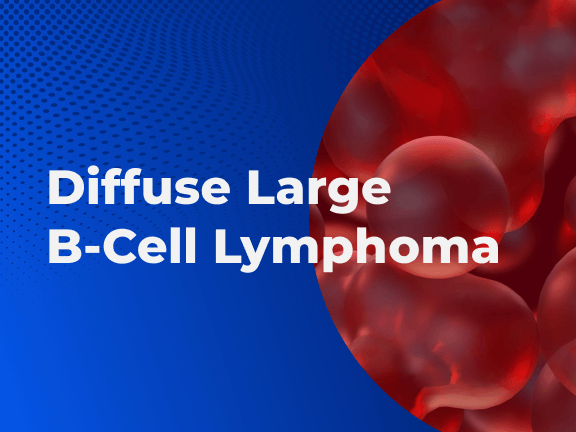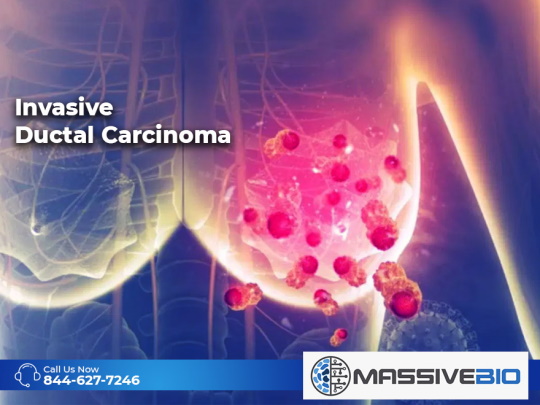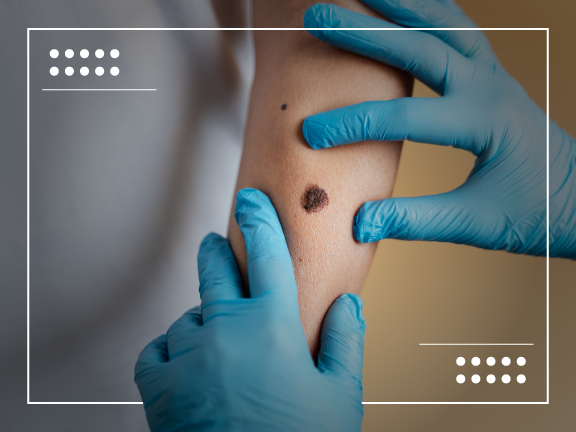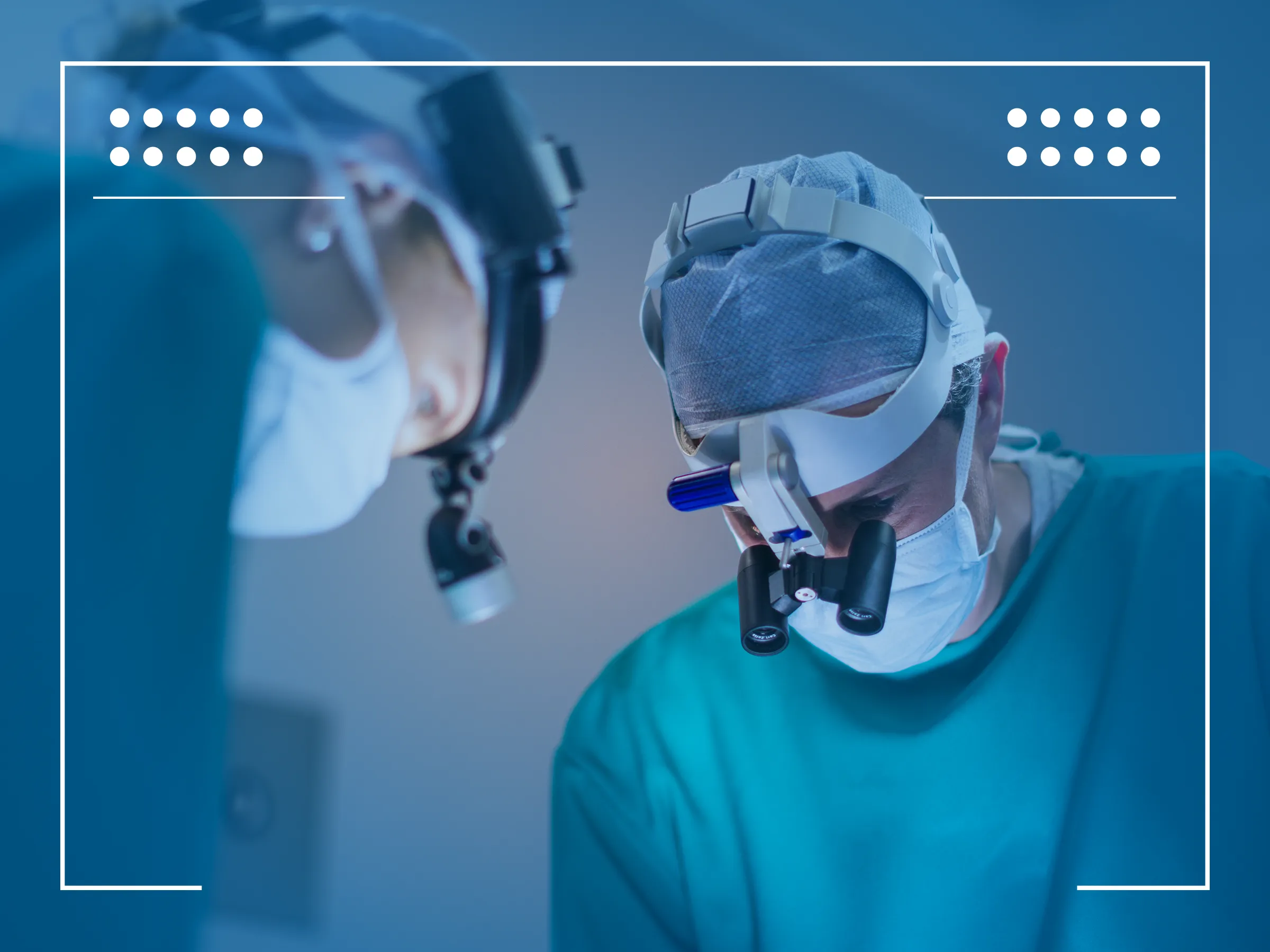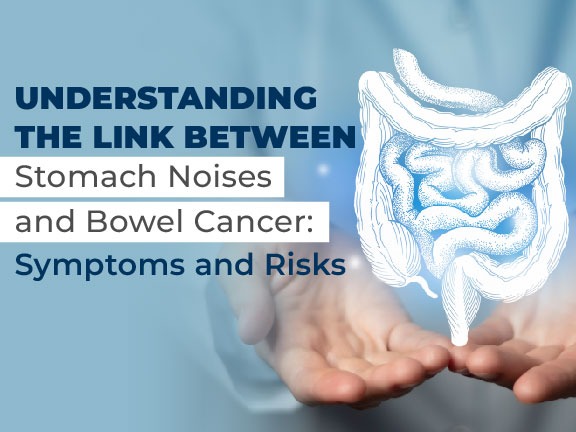In the United States, diffuse large B-cell lymphoma (DLBCL) affects about seven out of 100,000 people each year. DLBCL is a fast-growing, aggressive form of non-Hodgkin’s lymphoma. It is fatal if left untreated, but approximately two-thirds of all people can be cured with timely and appropriate treatment. This article can help you find DLBCL treatment options, symptoms, diagnosis, and more.
What Is Diffuse Large B-Cell Lymphoma?
Diffuse large B-cell lymphoma is the most common type of non-Hodgkin lymphoma that starts in white blood cells called lymphocytes. It is a fast-growing (high-grade) lymphoma. It usually grows in lymph nodes, pea-sized glands in the neck, groin, armpits, and elsewhere part of the immune system. It can occur in other parts of the body as well.
Reasons why it is called DLBCL: It develops in abnormal B cells (B cells, that fight bacteria, and other infections help protect the body against bacteria and viruses by producing proteins called antibodies.) Abnormal cells are more significant than usual, healthy B cells, and abnormal cells spread rather than group when viewed under a microscope.
What Are the Symptoms?
The most common diffuse large B cell lymphoma symptom is painless swelling in one or more areas. Symptoms can start in just a few weeks and overgrow. In addition, heavy sweating at night, high temperatures that come and go for no apparent reason, losing a lot of weight (more than a tenth of the total weight), and itching are other symptoms seen in DLBCL patients.
If the lymphoma is in the abdomen or intestines, it can cause diarrhea or bleeding with pain, and if it is seen in the chest, it can cause shortness of breath, pain, cough, or headache.
Subtypes of Diffuse Large B-Cell Lymphoma
Several DLBCLs have been categorized into subtypes that differ concerning certain characteristics:
- T-cell/histiocyte-rich B-cell lymphoma: When viewed under a microscope, this form of DLBCL looks like a few scattered large and atypical B-cells in the background of many normal T cells and histiocytes are cells that migrate from the bone marrow into tissues.
- Primary DLBCL of the central nervous system (CNS) refers to all DLBCLs that originate in either the brain or the eye. Occasionally, patients who do not have this subtype may still develop secondary DLBCL of the CNS, which occurs when the lymphoma moves into the brain or spinal cord later.
- Primary cutaneous DLBCL, leg type: DLBCL consists of large, transformed B-cells that typically appear as red or bluish-red tumors. Despite its name, the disease can involve the trunk, arms, legs, buttocks, or anywhere on the body. These lymphomas can also spread to areas other than just the skin.
- Epstein-Barr virus (EBV)-positive DLBCL of the elderly: DLBCL usually occurs in patients aged 50 or older and tests positive for EBV.
- DLBCL not otherwise specified (NOS): When DLBCL doesn’t fall into one of the subtypes listed above, it is classified as DLBCL not otherwise specified (NOS). A large number of diagnoses fall into this category. In western countries, about 25 to 30 percent of NHL cases diagnosed in adults are DLBCL-NOS, and this percentage is higher in developing countries.
How Is Diffuse Large B-Cell Lymphoma Diagnosed?
- Biopsy: The first way to diagnose DLBCL involves a minor operation called a biopsy, which removes a swollen lymph node or a sample of cells from it and examines it under a microscope. The sample is also tested for specific proteins found on the surface of the lymphoma cells.
- Blood cell counts: By checking the patient’s blood cell counts, an idea is obtained about whether the patient produces excess blood cells and whether the kidneys and liver are working well.
- Staging: Usually involves having a PET scan and a CT scan. Some people, particularly children, may have an MRI scan. You might have a sample of your bone marrow cells taken (a bone marrow biopsy) to check if you have lymphoma cells in your bone marrow. You might have a lumbar puncture to check if you have lymphoma cells in the fluid around your brain and spinal cord (cerebrospinal fluid or CSF).
What Are the Diffuse Large B-Cell Lymphoma Treatment Options?
Diffuse large B-cell lymphoma tends to overgrow. Generally, DLBCL patients receive chemotherapy (chemo) treatment, which includes four drugs known as CHOP (cyclophosphamide, doxorubicin, vincristine, and prednisone) and the monoclonal antibody rituximab (Rituxan). Known as R-CHOP, this regimen is usually given in cycles three weeks apart. Because the combination contains the drug doxorubicin, which can damage the heart, it may not be suitable for patients with heart problems.
For some patients, this combination of chemotherapy is also treated with a steroid and a targeted immunotherapy drug called rituximab (Mabthera). This method is also called chemoimmunotherapy.
Radiotherapy treatment can also be used before a stem cell or bone marrow transplant to stop lymphoma from coming back after chemotherapy.
Follow-up Care for Diffuse Large B-Cell Lymphoma
According to a study published in The National Center for Biotechnology Information, DLBCL patients incomplete metabolic remission after treatment have an excellent prognosis with a low relapse rate and a five-year overall survival rate of approximately 80 percent. Follow-up is routinely offered to this patient group. The optimal follow-up strategy has not been well defined. However, since most relapses occur in the first two years after treatment, most people are seen frequently, typically in every 2-3 months, followed by 6-12 monthly visits for up to five years. Centers with interest in the late effects of treatment may offer longer follow-ups. The nature of follow-up is variable and may include a history, physical examination, blood tests, and routine surveillance scanning in the form of CT or PET-CT.
Diffuse Large B-Cell Lymphoma Clinical Trials
Clinical research on diffuse large B-cell lymphoma continues. Below you can find six completed and active DLBCL clinical trials.
- Oral Azacitidine (CC-486) Plus Salvage Chemotherapy in Relapsed/Refractory: The study was conducted at the Medical University of South Carolina with the purpose of determining the safety and tolerability of adding oral azacitidine to the chemotherapy combination R-ICE. This study will also look at whether or not disease outcomes improve with the combination. The study, where 9 actively enrolled patients, is in the first phase yet.
- Multi-center Phase II Study of the Combination of R-CHOP: This study, which started at Chonbuk National University Hospital in 2011, was completed in the second phase in 2019. The aim was to clarify the effect of rituximab on clinical outcomes in patients with primary breast diffuse large B-cell lymphoma, and to investigate the role of prophylactic intrathecal chemotherapy using methotrexate to reduce central nervous system (CNS) recurrence.
- A Phase II Study of R-CHOP with Intensive CNS Prophylaxis and Scrotal Irradiation: This trial is a phase II non-comparative study aimed to determine the feasibility and toxicity of the R-CHOP regimen in combination with intrathecal liposomal cytarabine and systemic intermediate-dose methotrexate followed by loco-regional radiotherapy. The study continues in Italy and is scheduled to be completed in December 2022.
- The Incidence of Hepatitis B in Diffuse Large B-Cell Lymphoma: This is a prospective, multicenter, interventional, single-arm evaluating the incidence of hepatitis B virus (HBV) reactivation within the first six months treatment period in HBsAg positive patients treated for DLBCL/Chronic Lymphoid Leukemia with Rituximab, standard chemotherapy, and TAF. The approximate duration of the recruitment period is based on the number of patients available and has been estimated at 12 months. Patients will receive Rituximab+Chemotherapy+TAF for six months, followed by TAF as monotherapy for a further 12 months. All subjects will receive TAF 1-3 weeks before Rituximab+Chemotherapy and withdraw for 12 months after the completion of chemotherapy. Then patients will also be observed for a further 12 months. The study is planned to be completed in 2024.
- FLT-PET/CT vs FDG-PET/CT for Therapy Monitoring of Diffuse Large B-cell Lymphoma: A research study of a new method of visualizing internal organs called 18F-FLT PET/CT that yields better tracking of cancer treatment progress. The study was conducted at the University of California at Los Angeles and was completed in 2019.
- Idelalisib Post Allogeneic Hematopoietic Stem Cell Transplant (HSCT) in B Cell Derived Malignancies: A Phase 1 Double Blinded Randomized Placebo Toxicity Trial: This is a study to evaluate the safety of idelalisib as post-transplantation maintenance in patients with B cell hematologic malignancies undergoing an allogeneic hematopoietic stem cell transplant (HSCT). Safety will be evaluated through the assessment of cytopenia, effect on donor chimerism, effect on the incidence and severity of acute graft versus host disease, and gastro-intestinal tolerance. Phase one study in progress at the Sidney Kimmel Comprehensive Cancer Center at Johns Hopkins is scheduled for completion in 2022.
Sources:



